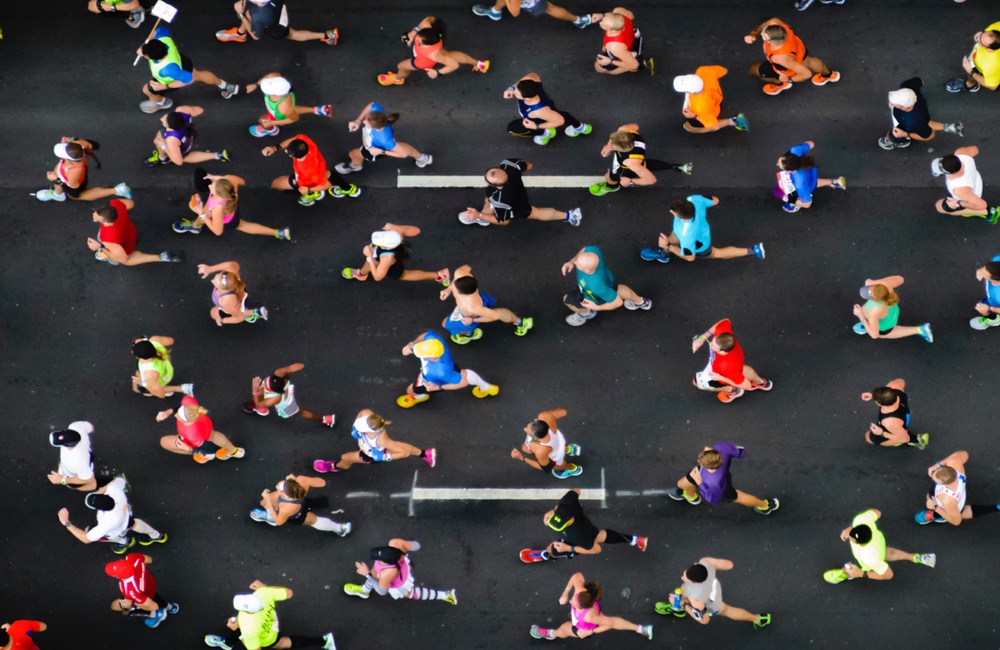There's little that's harder on the feet than long-distance running, and blisters are a common problem. Now there appears to be a wonderfully low-tech way to prevent blistering — all you need is a roll of paper tape. It cut blistering by nearly two-thirds in a study of long-distance runners.
Paper tape is surgical or medical tape that is made out of paper. It's only mildly adhesive, so if blisters do form, removing the tape is not likely to open them up.
“People have been doing studies on blister prevention for 30 or 40 years and never found anything easy that works,” Grant Lipman, the study's lead author, said in a statement.Blisters formed only about one-third as often where tape was used.
Athletes' feet were not the only ones being decimated. Lipman heard the same complaints from military doctors about new recruits' painful foot blisters.
Based on examining and listening to his patients over the years, Lipman found anecdotal evidence that paper tape helped. So he set out to conduct a study to test if this was true.
He and his team recruited 128 runners participating a series of five separate races across deserts around the globe, including the Gobi Desert. Each race is 155 miles long and lasts for an entire week. As you can imagine, blisters are a big problem.
Paper tape was applied to one foot for each runner. The untaped areas of the same foot served as a control. Which foot got the tape and which didn’t was chosen at random. Tape was applied by trained medical assistants to either a runner's blister-prone areas or, if they had no blister history, to randomly selected locations on the foot.
Blisters formed on the untaped areas of the foot of 81 of the 128 runners (63.3%). But on the taped areas, only 30 of the 128 runners developed blisters (23.3%). In other words, blisters formed only about one-third as often where tape was used.
If it can work for runners in the Gobi Desert, there's no reason to think it can't work for hikers and people whose jobs keep them on their feet all day or for feet tortured by high heels. As Lipman, an emergency medicine specialist and a Clinical Associate Professor of Emergency Medicine at the Stanford University School of Medicine put it, “It’s kind of a ridiculously cheap, easy method of blister prevention. You can get it anywhere. A little roll costs about 69 cents, and that should last a year or two.”
The study appears in the Clinical Journal of Sports Medicine.





